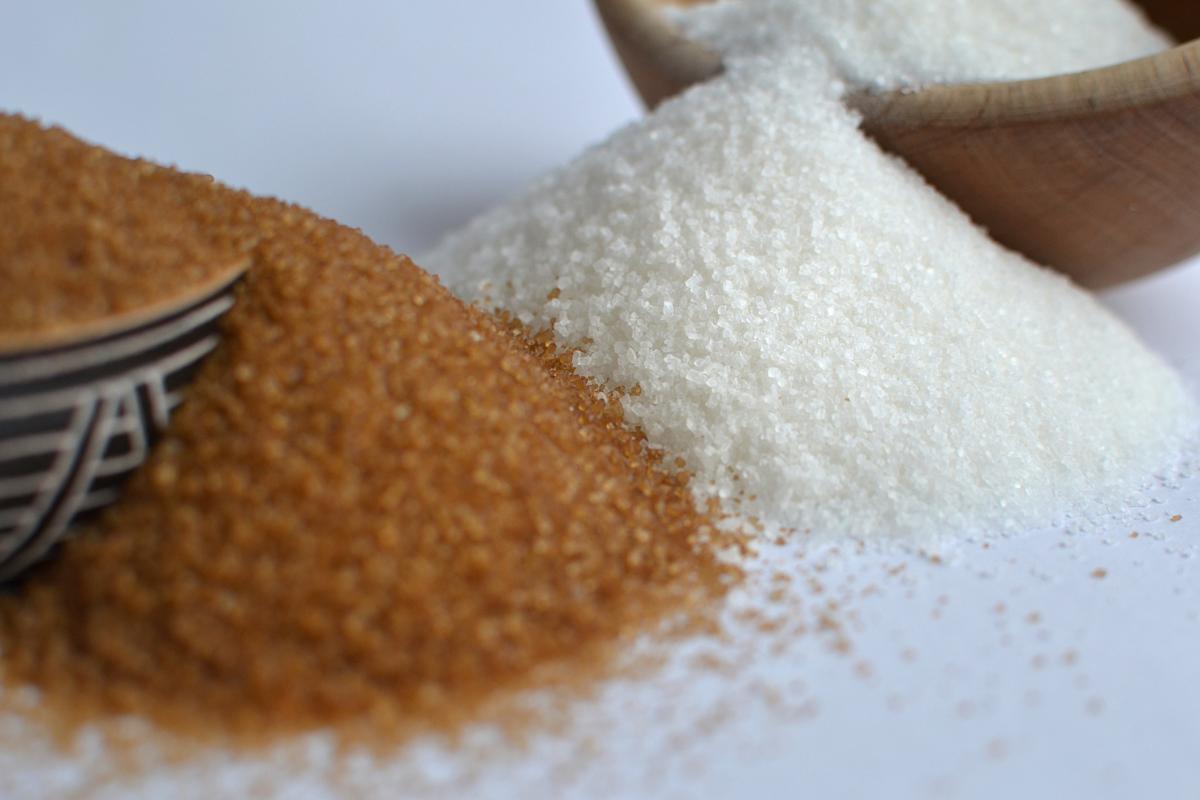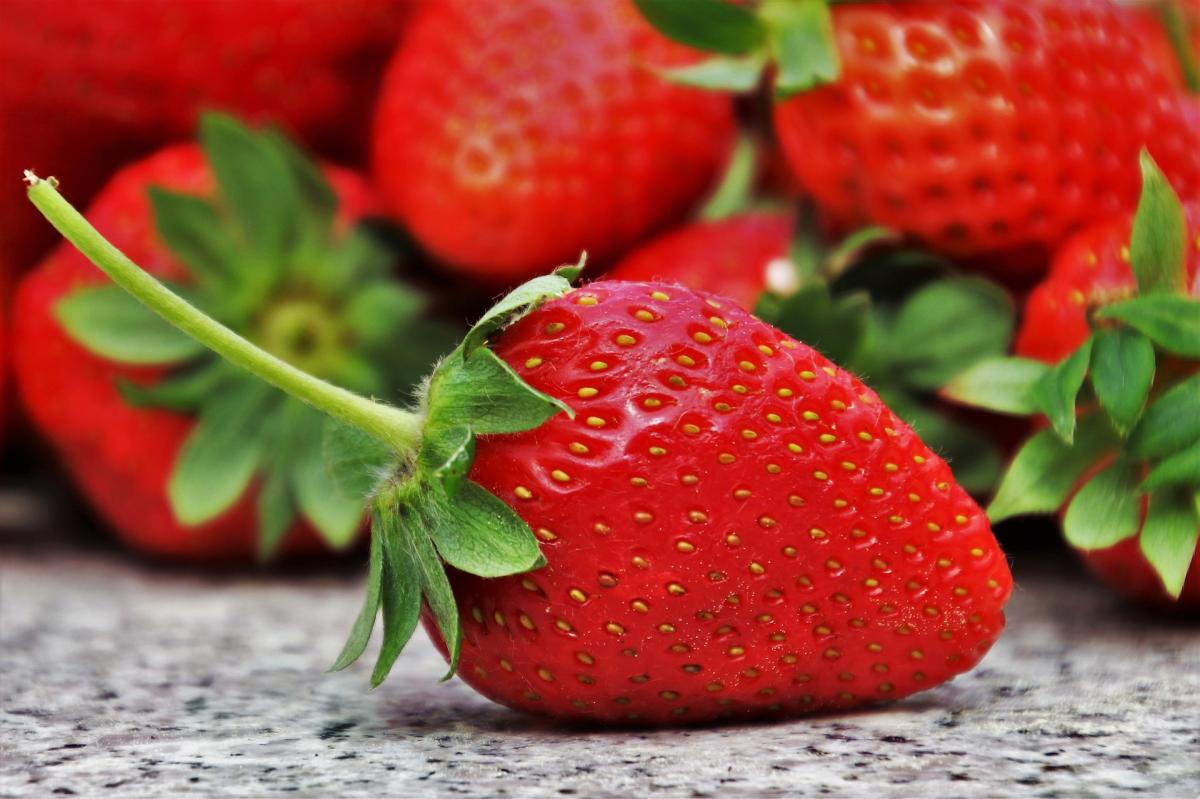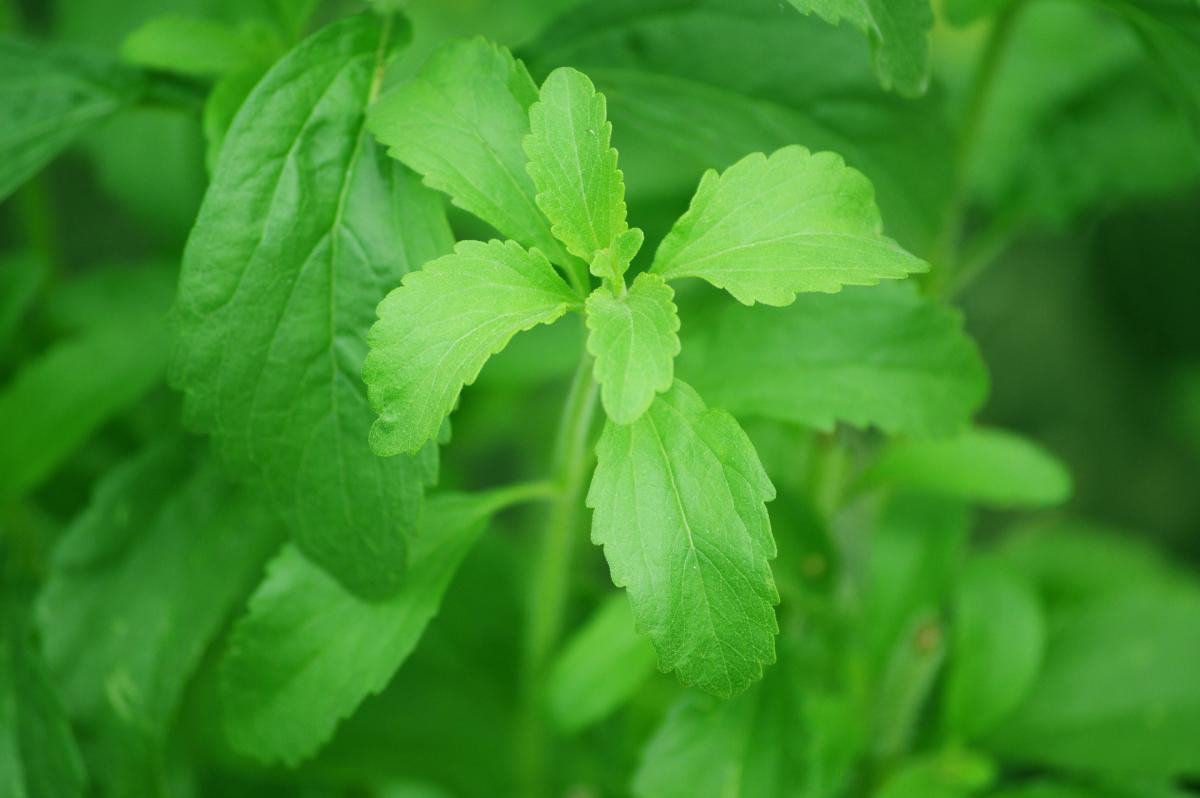THE TERM ‘sweet tooth’ is all too common, coined specifically to describe those who love to consume sweet foods or drinks. Indeed, of the five basic tastes recognised today: salty, sweet, sour, bitter and umami, it is an undeniable fact that fulfilling the calling of sweet receptors is the most favoured amongst most consumers in the general public. Every one of us is built to run on sugar – glucose, specifically, which is the key essential component of our metabolism, and so sugar consumption can be said at some level to be necessary for living.
That said, traditional table sugar has garnered a bad reputation over the past few years, having been scientifically linked to obesity, diabetes and cardiovascular diseases. Complex carbohydrates like those found in grains and vegetables have been spared and deemed to be the go-to, healthy source of sugars that the body requires, but unfortunately opting for just these would mean deprivation of the sweet taste that most consumers crave, and no product is going to be successful unless consumers’ wants and needs are satisfied, so formulating, say, candy that is healthy but tasteless would not make much sense.
There are many different types of sweeteners available, and a large proportion of these are artificial sweeteners designed to tackle the issues raised by traditional sugars, but still maintaining that feel-good sweet taste in foods and beverages. The traditional sugar, or sucrose, which is commonly consumed daily is extracted from the sugar cane or sugar beet plants, and chemically comprises the simple sugars glucose and fructose mentioned above, but artificial and other alternative sweeteners have different chemical compositions, allowing for some of the ill effects to be avoided.

The science behind sugar and sweeteners
An important fact to get clear here is, cutting through all the furore, how exactly sugar is linked with disease. In terms of obesity, things are relatively clear-cut: Sugar brings with it calories, so if consumed in large quantities but with an imbalanced caloric output, weight gain is imminent. This is exacerbated by the fact that a good deal of sugar can be hidden in items like sauces, bakery goods and other products. When it comes to diabetes, it gets slightly more complicated. Although sugar does not cause diabetes per se, substantial research has linked Type II diabetes to high levels of blood sugar as well as insulin resistance[1],[2], hence a heavy consumption of sugar would only worsen this situation. For cardiovascular disease, it gets even more interesting, as sugar also does not directly cause heart issues, but is instead linked to the increase of triglycerides in the blood, which affects arteries and thickens artery walls, thus increasing the risk of cardiovascular disease and stroke[3]. The list goes on, and the research is not yet exhaustive for some diseases, but even with those mentioned above, it has been sufficient to strike fear into the hearts of consumers around the globe.
Artificial sweeteners were born in the lab and custom-built to tackle several of these issues. The main draw here is that a good many of these are low-calorie or calorie-free. The low-calorie ones tend to be many times sweeter than sugar, so only a minimal amount is needed, whereas the calorie-free versions are generally chemically designed such that the human body is unable to metabolise these, and so will pass through the gastrointestinal system without entering the bloodstream at any point[4]. These sweeteners will bind to the taste bud receptors in the tongue responsible for tasting sweetness, thus triggering a similar response as sugar, enabling the taster to taste ‘sweetness’. It bears mentioning that sweeteners don’t taste the same to everyone due to variations in the taste receptor genes[5]. There are numerous artificial sweeteners available in the market, each with their own unique properties.
Types of artificial sweeteners
Saccharin is the world’s oldest form of artificial sweetener, created in the United States back in 1879. It is 300 to 400 times sweeter than sugar, and carries no calories as it is not digested by the human body. After a scare linking saccharin to cancer ranging from the 1970s to 1990s, the International Agency for Research on Cancer (IARC) announced in 1999 after a comprehensive review of all the evidence that saccharin is not a potential carcinogen. The acceptable amount for consumption is 5mg/kg body weight per day[6].
Xylitol is well-known for its role in sugar-free chewing gum and dental health products due to its ability to reduce plaque-forming bacteria surrounding the teeth and reducing saliva acidity, thus helping to prevent tooth decay[7]. It is actually a form of sugar alcohol, or a chemically engineered sugar-alcohol molecule hybrid that is structurally able to bind to the sweet taste bud receptor. It is only partially absorbed in the gut, thus contains 40% less calories than sugar (2.4 cal per gram vs 4 cal per gram)[8], it looks and feels like sugar, and is of similar sweetness as well. xylitol can also be naturally found in many fruits and vegetables like strawberries, corn and cauliflower[9],[10]. It needs to be noted that in some cases, the overconsumption of xylitol can lead to gastrointestinal side effects such as bloating and diarrhoea[11], so moderation is also key.

Xylitol is naturally found in strawberries and some other fruits and vegetables.
Sorbitol is another form of sugar alcohol and is commonly found in various types of fruits. It is not to be confused with the simple fruit sugar fructose. Sorbitol also looks like sugar but carries 30% less calories (2.6 cal per gram) as it is also only partially absorbed in the gut and brings about the same possible side effects as xylitol[12], although this also will vary amongst individuals.
The sweetest of all the sweeteners mentioned here is sucralose, more commonly known as Splenda® after its most popular product[13]. Sucralose is actually a sugar derivative, and can be up to 650 times sweeter than sugar[14]. It is commonly accepted to have no bitter aftertaste, and is widely used in baking, dressings and soft drinks. Sucralose is itself calorie-free, but in Splenda®, sucralose is diluted with dextrose and maltodextrin to dilute its high level of sweetness, bringing its calorie count up to 3.36 cal per gram[15]. However, even this amount of calories is usually considered negligible, as only very tiny amounts of Splenda® tend to be consumed each time. 15 mg/kg body weight per day is considered the accepted amount of consumption13.
Aspartame is another vastly popular artificial sweetener used to provide sweetness in place of sugar in a multitude of products, ranging from soft drinks to cereal. It actually also has the most embattled reputation among the sweeteners mentioned here, as it has been linked to a whole range of ill effects from allergies to cancer. Although the European Food Safety Authority (EFSA) cleared it for human consumption back in 2013[16], the effects were wide-ranging, and many fears about artificial sweeteners that linger on today are likely connected to aspartame. It is about 200 times sweeter than sugar, and is still digestible by the human body, making it low-calorie[17]. Equal® and Nutrasweet® are two of the biggest aspartame-based sweeteners out in the market.

The stevia plant from which steviol glycosides are extracted has origins in South America
Stevia, or specifically steviol glycosides, are commonly marketed as natural sweeteners, because these are essentially plant extracts, from the stevia rebaudiana plant, native to South America[18]. There are many species of stevia plant, but only stevia rebaudiana contains the most popularly-known steviol glycoside Rebaudioside A, which the FDA has generally recognised as safe[19]. Rebaudioside A is chemically similar to sugar, though 100 to 300 times sweeter[20], and is commonly used in soft drinks, dairy products and bakery products. It is zero-calorie, and vastly popular due to its ‘natural’ branding, though it must be highlighted that these glycosides are still processed and/or highly refined. Stevia is marketed as Truvia® by Coca-Cola and Purevia® by PepsiCo.
After going through all of these options, the question that needs to be addressed is of course, why there needs to be so many different types of artificial sweetener, if sweetness is all that consumers are looking for? It is actually quite straightforward, in that there is still no one type of sweetener that can address every single issue that the elimination of sugar will raise. Sucralose is the best at withstanding heat, hence the best choice to be used for baked products. Xylitol looks and feels like sugar and has known anti-tooth decay properties hence is used in chewing gum and toothpaste, but can’t be used in large amounts. Aspartame is the most economically feasible, but the lingering fears surrounding its use are a hindrance.
So as of now, consumers are basically spoilt for choice, and this situation will remain at an impasse unless a one-size-fits-all option makes an appearance. Until then, it will be difficult to truly dethrone sugar from its reign, disease links or not.
References
[1] https://www.everydayhealth.com/type-2-diabetes/diet/can-eating-too-much-sugar-cause-diabetes/
[2] Schulze, M.B., et. al., JAMA. 2004;292(8):927-934. doi:10.1001/jama.292.8.927
[3] https://www.heart.org/idc/groups/ahamah-public/@wcm/@sop/@smd/documents/downloadable/ucm_425988.pdf
[4] https://science.howstuffworks.com/innovation/edible-innovations/artificial-sweetener1.htm
[5] https://www.phillymag.com/be-well-philly/2013/08/22/study-fake-sweeteners-taste-disgusting-people/
[6] https://www.nhs.uk/Livewell/Goodfood/Pages/the-truth-about-saccharin.aspx
[7] https://www.healthline.com/nutrition/xylitol-101#section3
[8] https://www.healthline.com/nutrition/xylitol-101#section1
[9] https://healthyliving.azcentral.com/what-vegetables-fruits-contain-the-most-sugar-alcohol-12370468.html
[10] https://www.nhs.uk/Livewell/Goodfood/Pages/the-truth-about-xylitol.aspx
[11] https://www.healthline.com/nutrition/xylitol-101#section7
[12] http://www.nutrientsreview.com/carbs/sugar-alcohols-sorbitol.html
[13] https://shop.splenda.com/collections/splenda-sweeteners/products/splenda-no-calorie-sweetener-granulated
[14] https://www.nhs.uk/Livewell/Goodfood/Pages/the-truth-about-sucralose.aspx
[15] https://www.healthline.com/nutrition/sucralose-good-or-bad#section1
[16] https://efsa.onlinelibrary.wiley.com/doi/abs/10.2903/j.efsa.2013.3496
[17] https://www.nhs.uk/Livewell/Goodfood/Pages/the-truth-about-aspartame.aspx
[18] https://drjockers.com/natural-sweeteners/
[19] https://www.fda.gov/Food/IngredientsPackagingLabeling/FoodAdditivesIngredients/ucm397725.htm#Steviol_glycosides
[20] https://www.acefitness.org/certifiednewsarticle/1644/the-truth-about-stevia-the-so-called-quot-healthy/
Nike Air Max Plus TN

 iConnectHub
iConnectHub
 Login/Register
Login/Register Supplier Login
Supplier Login


























